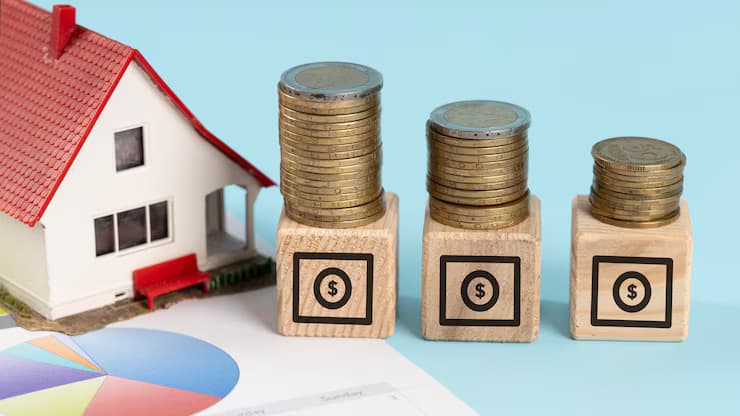A healthy housing market thrives on a balance between supply and demand. However, when an abundance of vacant units floods a specific location, it can create a buyer’s market and significantly impact various aspects Read More
Understanding Vacancy Rates: A Sign of Oversupply? Vacancy rates represent the percentage of rental units that are unoccupied and available for rent within a specific area. A healthy vacancy rate generally falls between 5% and 10%. Cities with vacancy rates exceeding this range are considered to have an oversupply of rental units. Several factors can contribute to high vacancy rates, including: Cities Facing High Vacancy Rates: A Glimpse into the Market While vacancy rates can fluctuate across the US, some cities consistently experience higher vacancy rates than others. Here are a few examples: Impact on Buyers and Sellers: A Two-Sided Coin High vacancy rates present a complex scenario for both buyers and sellers in the housing market. Let’s explore the implications for each group: For Buyers: For Sellers: Summary High vacancy rates can create a buyer’s market, offering advantages for those seeking to purchase a home. However, it’s crucial to conduct thorough research to understand the underlying reasons behind the vacancy rates and carefully consider potential risks associated with specific locations. For sellers and investors, navigating a high-vacancy market requires strategic approaches and a deep understanding of local market trends. Ultimately, staying informed and consulting with qualified real estate professionals can empower both buyers and sellers to make sound decisions in a market shaped by vacancy rates.

Empty Homes: Exploring the Impact of High Vacancy Rates in the US Housing Market
A healthy housing market thrives on a balance between supply and demand. However, when an abundance of vacant units floods a specific location, it can create a buyer’s market and significantly impact various aspects Read More
